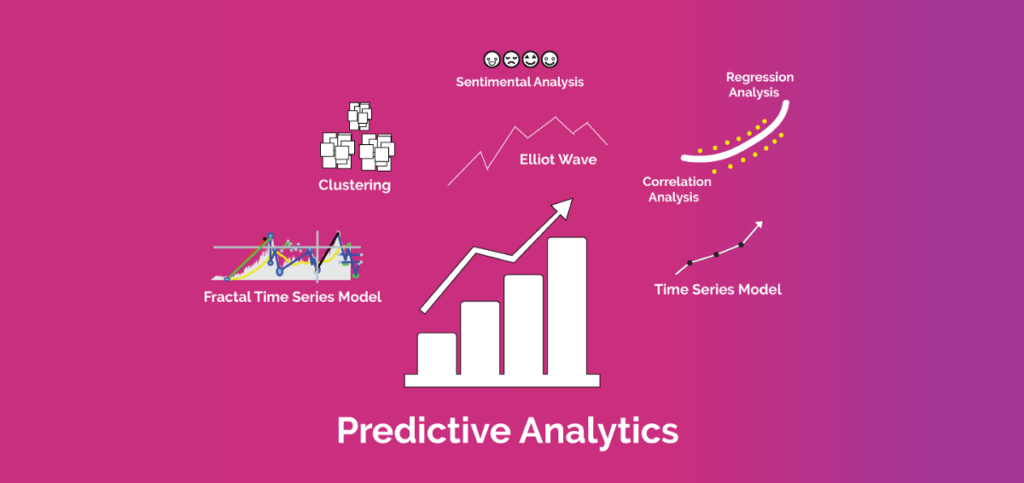
Free eBooks for Beginners
React Native is a popular platform for building mobile applications using JavaScript and React. One of the common UI elements you might want to include in your app is a modal, which is a pop-up window that displays content on top of the main screen. In this article, we’ll go over the basics of using modals in React Native, and how they can help you build better, more interactive, and more user-friendly mobile apps.
So, what is a modal in React Native? A modal is a pop-up window that displays content on top of the main screen. Modals are often used for things like displaying additional information, confirming a user’s action, or presenting a form for the user to fill out.
One of the main benefits of using modals in React Native is that they allow you to create more interactive and engaging user experiences. By displaying additional information or asking the user to confirm an action, you can make your app feel more responsive and user-friendly. Additionally, modals can be used to provide a clean and organized way to present information or forms to the user, helping to improve the overall look and feel of your app.
Another advantage of using modals in React Native is that they can help to improve the overall flow and navigation of your app. By using modals to present information or forms, you can keep the main screen of your app uncluttered and focused, making it easier for users to find what they’re looking for and complete their tasks.
So, how do you use modals in React Native? To use modals in React Native, you’ll need to create a component that represents the modal and use it in your app. The component can include anything you want to display in the modal, such as text, images, forms, or buttons. You can then use the component in your app to display the modal when needed.
To close the modal, you’ll typically add a close button or a way for the user to tap outside the modal to close it. You can also include logic to close the modal automatically after a certain amount of time or when the user completes a certain action.
In conclusion, modals are an important part of building mobile apps, and they can help you create more interactive and engaging user experiences, improve the overall flow and navigation of your app, and make your app look and feel more organized and professional. Whether you’re just getting started with React Native, or you’re a seasoned mobile developer, understanding how to use modals is a key part of building high-quality, feature-rich, and user-friendly mobile apps. So why not start using modals in your React Native app today and see the difference it can make?
React Native for Beginners – Chapter 05: Modal
 Loading...
Loading...
Disclaimer: The information and code presented within this recipe/tutorial is only for educational and coaching purposes for beginners and developers. Anyone can practice and apply the recipe/tutorial presented here, but the reader is taking full responsibility for his/her actions. The author (content curator) of this recipe (code / program) has made every effort to ensure the accuracy of the information was correct at time of publication. The author (content curator) does not assume and hereby disclaims any liability to any party for any loss, damage, or disruption caused by errors or omissions, whether such errors or omissions result from accident, negligence, or any other cause. The information presented here could also be found in public knowledge domains.
